Recycling in Moroccan Handicraft: From Boucherouite to Beldi Glass

Every day, we generate tons of waste and consume a lot of our natural raw materials. At one point we will run out of these precious natural resources. That’s why we must adopt new ways to save the environment, by rethinking what we throw away and start considering it as an opportunity instead of waste.
Recycling is the process of converting waste materials into new ones, and this might be one of the many solutions we can adopt to save the environment. Do you want to know why? We made this blog to tell you about the Global Recycling Day and explain how this practice helps save the planet. Also, you will be shocked to discover that recycling has been part of Moroccan handcraft for so long! Read this blog to learn about the different recycling practices adopted by Moroccan craftsmen.
What is the Global Recycling Day?
Global Recycling Day is an awareness day that is celebrated on the 18th of March every year. Created by the Global Recycling Foundation in 2018, the main goal of this day is to raise awareness of the vitality and importance of recycling in preserving the earth’s primary resources and securing the future of the planet. It aims to change the mindset of individuals, communities, businesses, and governments around the globe to see recyclables as a resource.

Recycling as a practice in Moroccan handicraft
Recycling has been used in Moroccan Handicraft long ago. We’ll show you below examples of Moroccan products that use recycled materials.
Boucherouite rugs

Boucherouite rugs are Moroccan eco friendly vintage “rag rugs” that can be easily recognized from the various types of Moroccan rugs thanks to their bright colors and intriguing patterns.
They are made of recycled fabrics from various textile remnants such as scraps of old clothes and carpets, recycled plastic, cotton, nylon, wool, and synthetic fibers. The word “Boucherouite” comes from the Moroccan word “Bu sherwit” meaning “rag” or “a piece torn from pre-used clothing’.
These rugs are originally handwoven by Amazigh families in Atlas Mountains villages around Beni Mellal, and it dates to the middle of the 20th century. The richness of the composition and the bright colors of these rugs make up for the modesty of their materials, making them aesthetic and authentic art pieces.
Beldi Glass
Beldi glass was created in the 1940s when it became the preferred teacup for Moroccan families. It’s characterized by a small bump in the middle that allows people to easily and securely grab it without risking being burned.
Beldi is the Arabic word for “native” or “traditional”. This glass is made of 100% recycled glass originating from flat glass and glass bottle waste found in the local area.

Beldi glass is handmade with traditional glass-blowing techniques. The making process consists of melting the glass in an over 1000° furnace, forming the red-hot glass with a metal rod, delicately blowing into the glass, making final adjustments to refine the design, and finally painting the product.
Upcycled Moroccan rugs
Thanks to their unique and intricate designs, Moroccan rugs are masterpieces that can’t simply be thrown away after being used for years. That would be a big waste of art! For this reason, a talented Moroccan craftsman from Essaouira named Cheklati Essaouira upcycles vintage Moroccan rugs, using them to create majestic-looking chairs, sofas, and car seats.

Credits to @cheklati_essaouira
Recycled metal sculptures
The talent of Moroccan artisans allows them to create pieces of art from scraps of metal.
They saw an opportunity in metal scraps and decided to use them to create the most fascinating and artistic sculptures. They collect random metallic objects such as bike chains, spoons, forks, and teapots and turn them into a valued innovative product.

Discover more recycled Moroccan handicraft
How does recycling help the environment?
Recycling makes a big difference in protecting the environment for future generations by conserving natural resources, saving energy, cutting carbon emissions, and protecting ecosystems.
How does recycling help conserve natural resources?
Recycling is converting used materials into new products. While doing this, we reduce the need and demand for natural resources and raw materials. For instance, by recycling wood and paper, we save trees and forests, and by recycling glass, there is less need to use raw materials like sand.
How does recycling help save energy?
Producing new products from raw materials uses considerably more energy in comparison to recycling used materials. In fact, using raw materials requires energy for the extraction, transportation, processing, and refining processes.
How does recycling help cut carbon emissions?
By recycling, we use less energy in extracting and processing raw materials. Thus, we lower carbon emissions, which is vital for stopping climate change.
How does recycling help protect wildlife and ecosystems?
Recycling reduces the need to extract raw materials from the environment, which lowers the damage and disruption being done to the wildlife. This means that by recycling, fewer forests need to be cut down, fewer wild animals are displaced or harmed, and less pollution is produced.
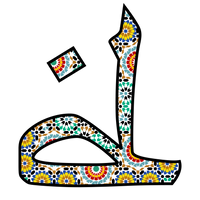

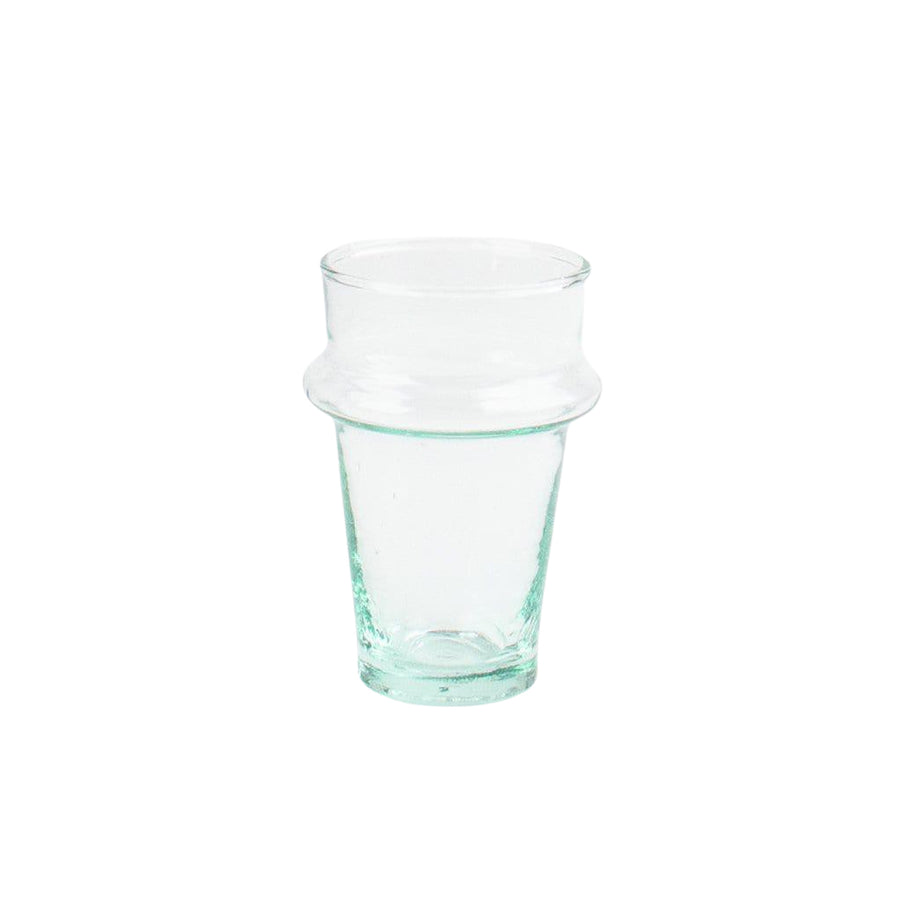
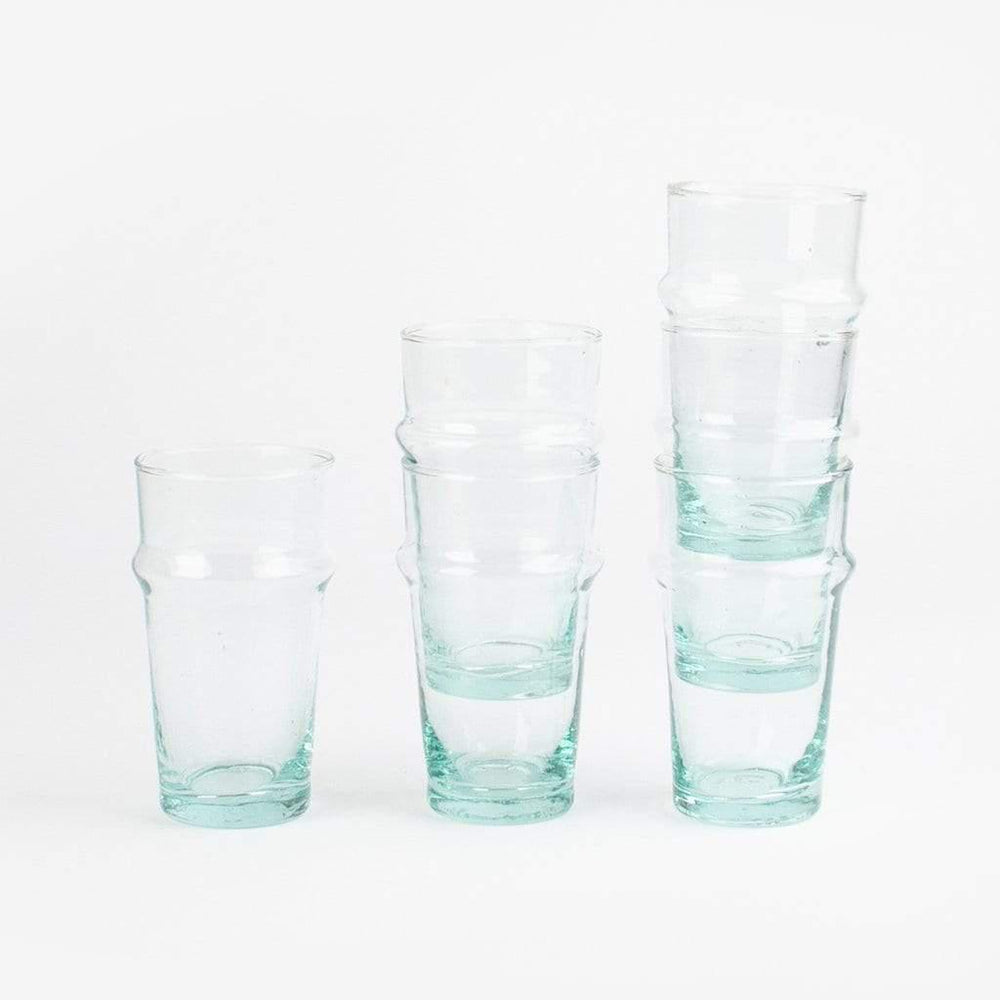




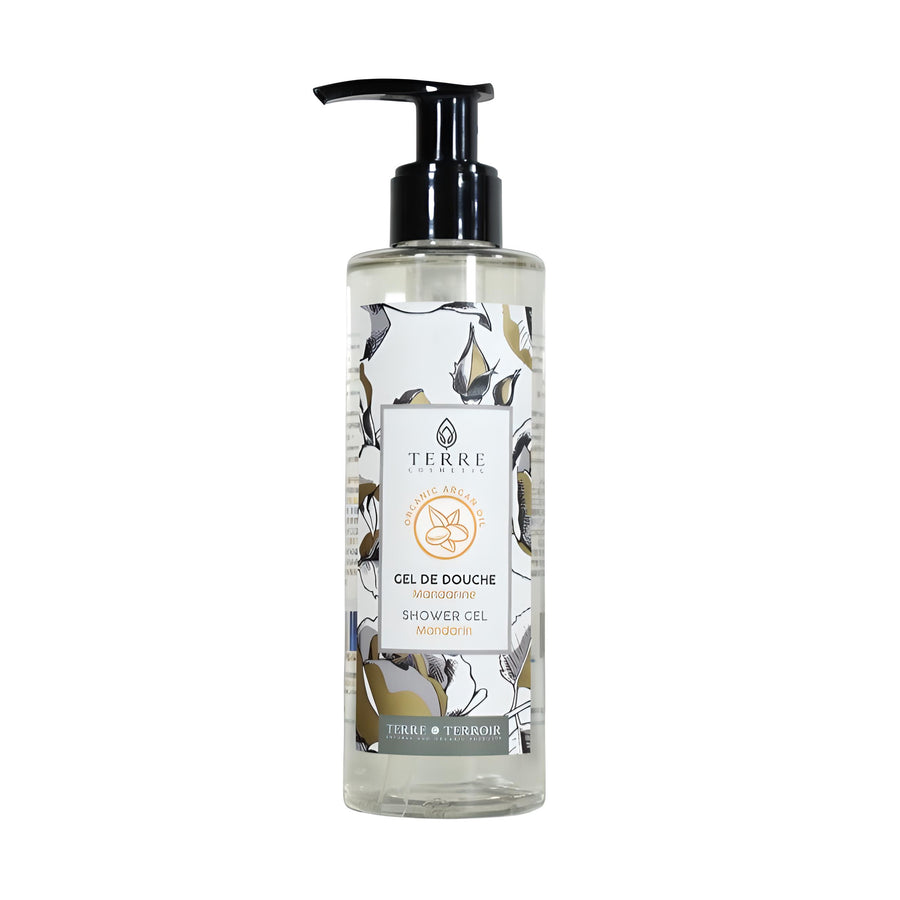
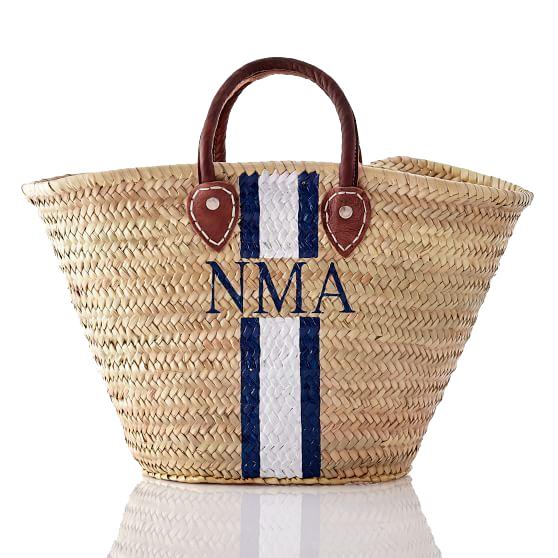
Leave a comment